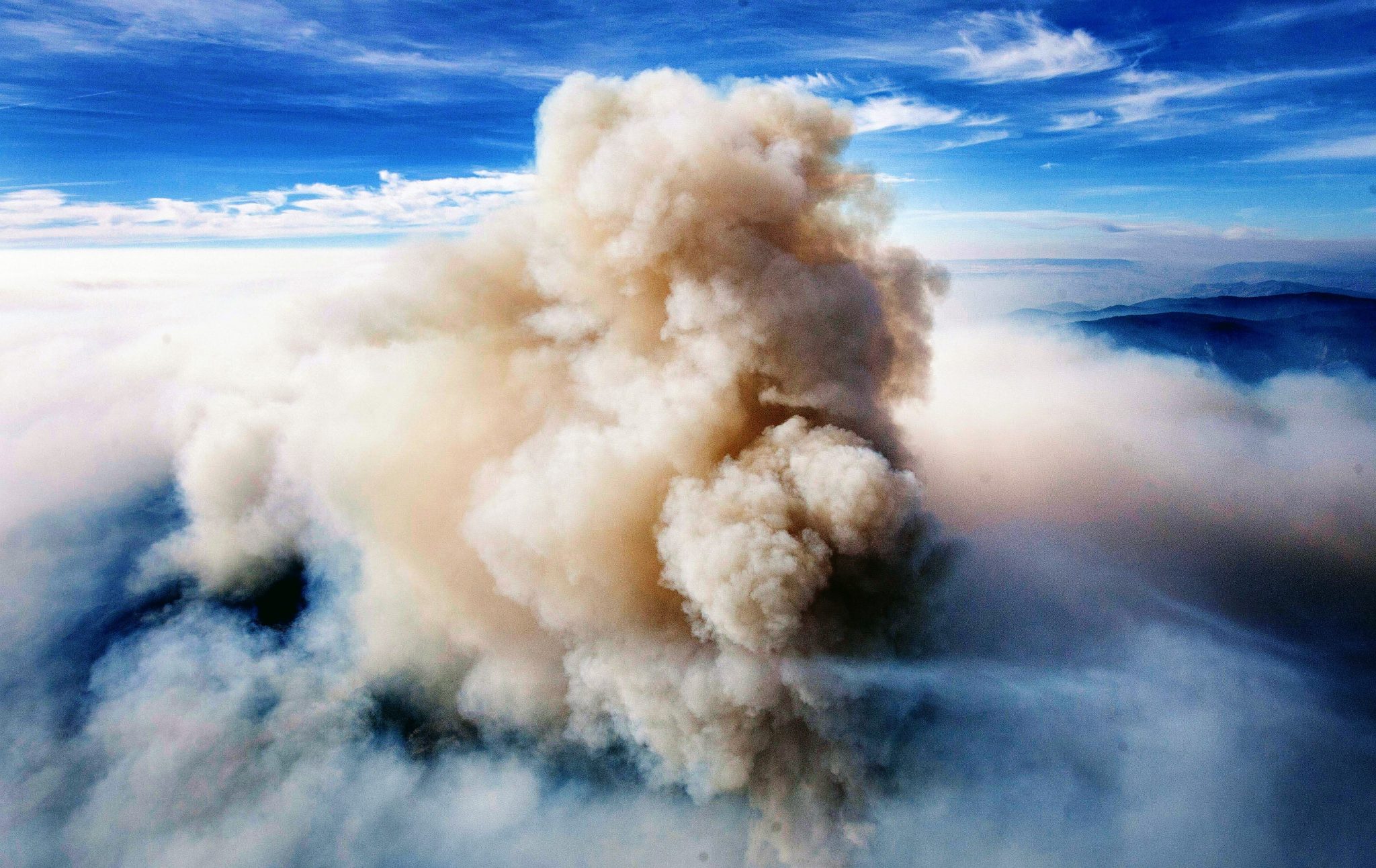Plume (for piano and computer) is one of a series of artistic collaborations with custom software called Isomer.
Work on Plume began with the selection of six chainsaw sound recordings. Often source sounds are chosen for their personal relationship or meaning to the composer, but these recordings were picked solely for their rich harmonic content (vibrant rhythmic activity!) and strong harmonic fundamentals (good for harmony!).
Why six different chainsaw recordings? So that they share sonic (and therefore musical) characteristics when processed by the Isomer software. The hope is that they feel closely related (but not too similar) so that when combined, they form a single, unified musical expression.
November 2018 | Piano and Fixed Media
An early version of this work was created on March 27th, 2017 and was rendered for fixed media (without piano).
March 2017 | Fixed Media, Stereo
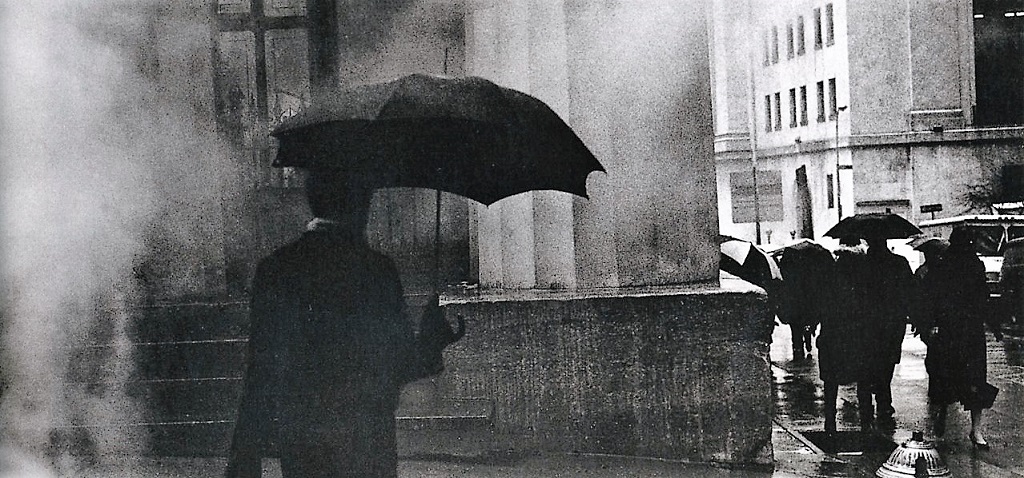
After October
After October is dedicated to my friend and mentor, Allan Schindler. It is part of a series of artistic collaborations with custom software called Isomer.
When I arrived at Eastman in 1996, I had just about given up. I was convinced there was no way to coax music worth hearing from a computer. That is, until I learned from Allan Schindler’s example.
Allan passed away suddenly in October 2018. This work is a small tribute to his inspiration and ever-lasting influence in my life.
October 2018 | Fixed Media, Stereo
An early version of this work was created on March 23rd, 2017. It was originally rendered as a duet between an alto flute and bass clarinet.
March 2017 | Fixed Media, Stereo
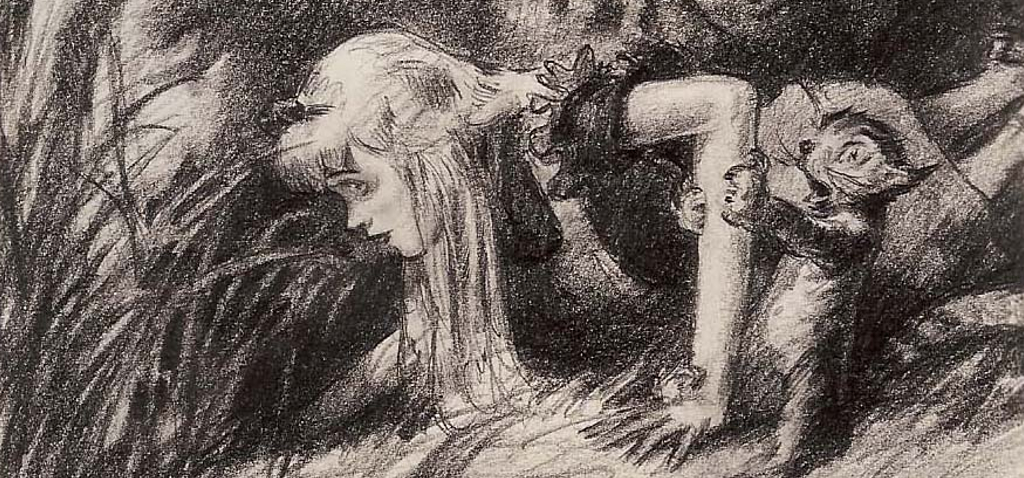
Out of that Dark Hall and Wander
How she longed to get out of that dark hall and wander about among those beds of bright flowers and those cool fountains, but she could not even get her head through the doorway. “Oh,” said Alice, “how I wish I could shut up like a telescope! I think I could, if I only knew how to begin.”
Out of that Dark Hall and Wander is a love poem dedicated to Alison.
August 2017 | Fixed Media, Stereo
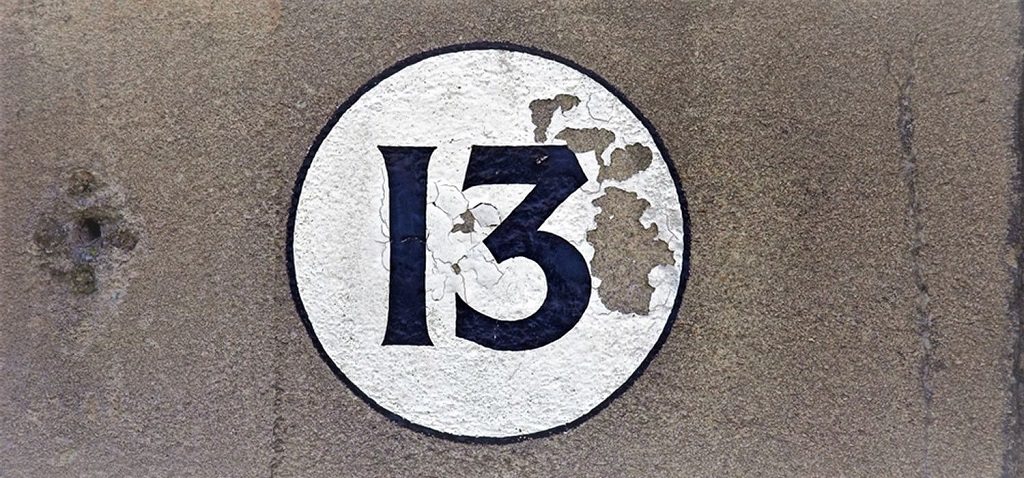
Bundles of Superstition
Bundles of Superstition began as a spectral experiment. A short musique concrète work that was carefully assembled to explore the general properties of Isomer’s model analysis over a wide range of sonic sources.
February 2017 | Fixed Media, Stereo
To help foster a familiar musical setting, I separated the resulting material into a small group of foreground instruments (harpsichord and a few solo woodwinds) and accompaniment (concrète samples). I selected several partial areas to provide material for the solo instruments, while numerous layers of upper partials created trigger points for the concrète sources.
The effect is that of a rather free monodic line colored by extreme (often unrealistic) orchestration choices.
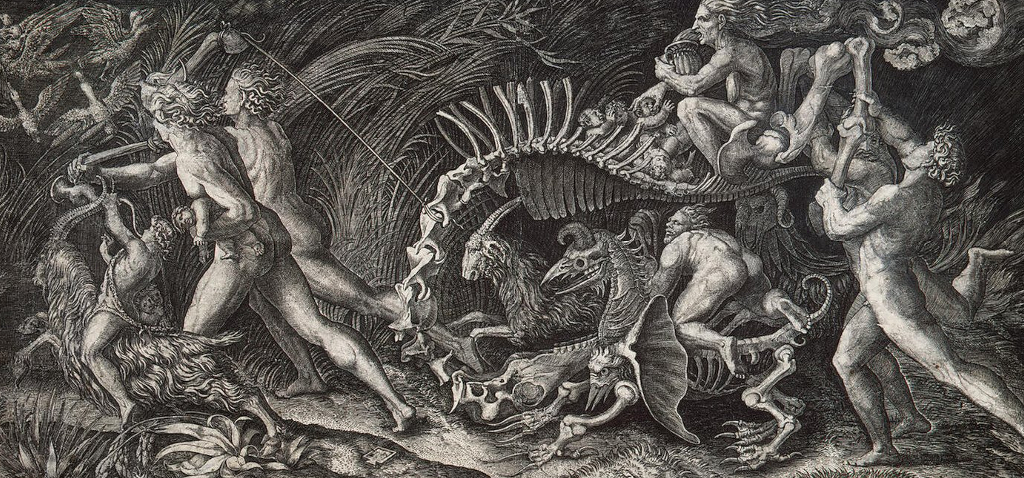
Other Tiny Magic
Other Tiny Magic is part of a series of artistic collaborations with custom software called Isomer using a process I call spectral deconstruction.
How this process unfolded during the creation of Other Tiny Magic is described below…
February 2017 | Fixed Media, Stereo
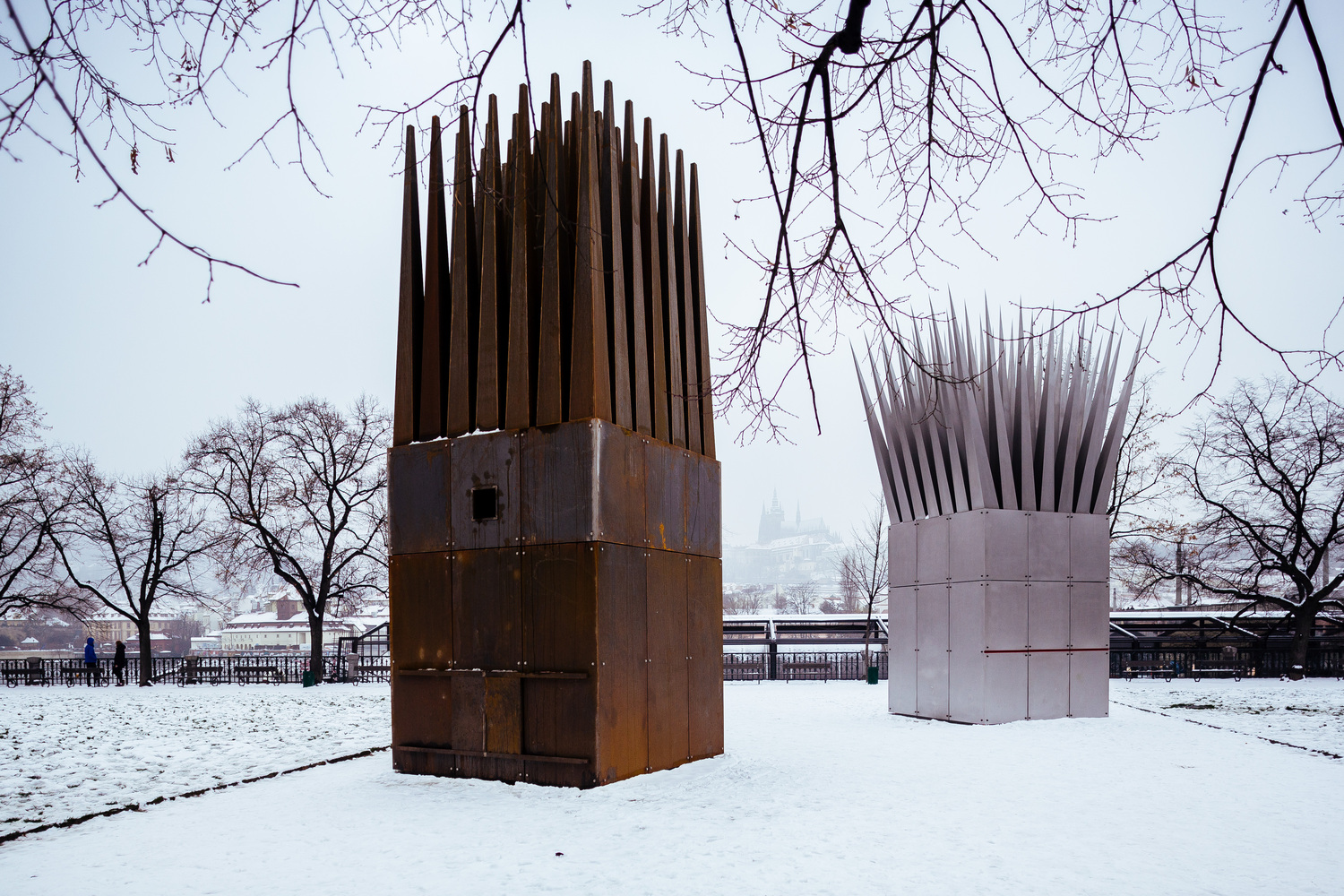
Dead Man’s Palace
Dead Man’s Palace is the result of a short piano improvisation I performed from some sketches.
January 2017 | Fixed Media, Stereo
To create the current recorded version, I exchanged the piano for harp (and organ) and added a few bits of ambient landscape to hold it all together.
I plan to expand this sketch into a proper work for piano and electronics, but for now it remains a simple meditation that is (oddly enough) 100% human generated.
